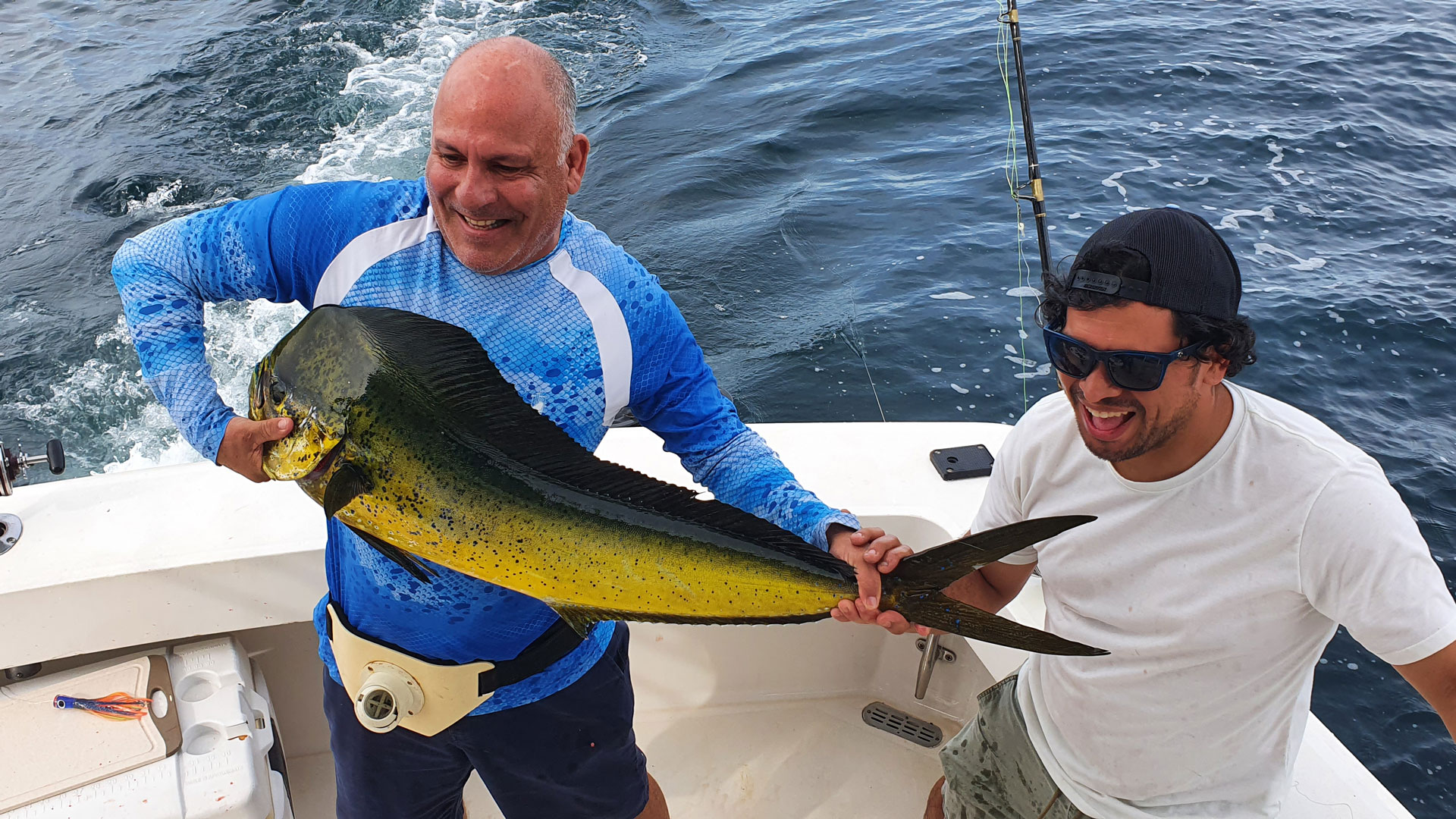It can be said that the types of fishing are as varied as the types of fish. In this article we will talk to you about a wide variety of types of fishing that you can try and the benefits of each one.
Bait casting
The baitcasting technique is a precision technique. It consists of when casting with bait, the line extends to the target area due to the weight of the lure. To cast the bait, a fishing reel is used with a rotating coil that is placed on the top of the rod.
Bait casting is a skill that is learned through practice. Once you’ve learned the method, you’ll cast your lures with precision toward the structures where fish are feeding and congregating.
Depending on the distance, you can use larger lures (from 1/2 to 3/4) and cast them to farther spaces. To begin with, it is recommended to use a rod with a good spring action, a high-quality anti-reverse reel, and a variety of specific lures for Bait Casting. You can practice this technique during our lake fishing tour.

Drift fishing
By drift fishing, you can fish in a wide variety of environments as the boat moves with the wind or currents. You can adjust the depth with a bobber or float while drift fishing on the bottom.
The best baits recommended for this type of fishing are organic ones. Although, artificial flies, lures, and jigs also do the job. This practice is perfect for any time of day or year. You can drift fish in lakes, rivers, and streams.
Bait
This fishing practice is mostly done in blue waters. It consists of throwing a bait known as “chum” to attract various marine animals and thus catch them more easily.
It is recommended to avoid excessive priming. You don’t want to crowd them before they have a chance to look for the bait. The objective is to awaken their interest in feeding.
Jigging or vertical fishing
Considered a popular and difficult technique because the person fishing generates the movement that interests or scares away the fish.
It should happen this way:
You need to let the hook sink to the bottom while casting.
Afterward, the bait must be lifted about 30 cm from the ground with the tip of the rod.
Let it fall back to the ground.
Jigging can be done from side to side, up and down, or vice versa. It can be done with or without live bait.
You might also be interested to read:
REASONS TO TRY DEEP SEA FISHING


